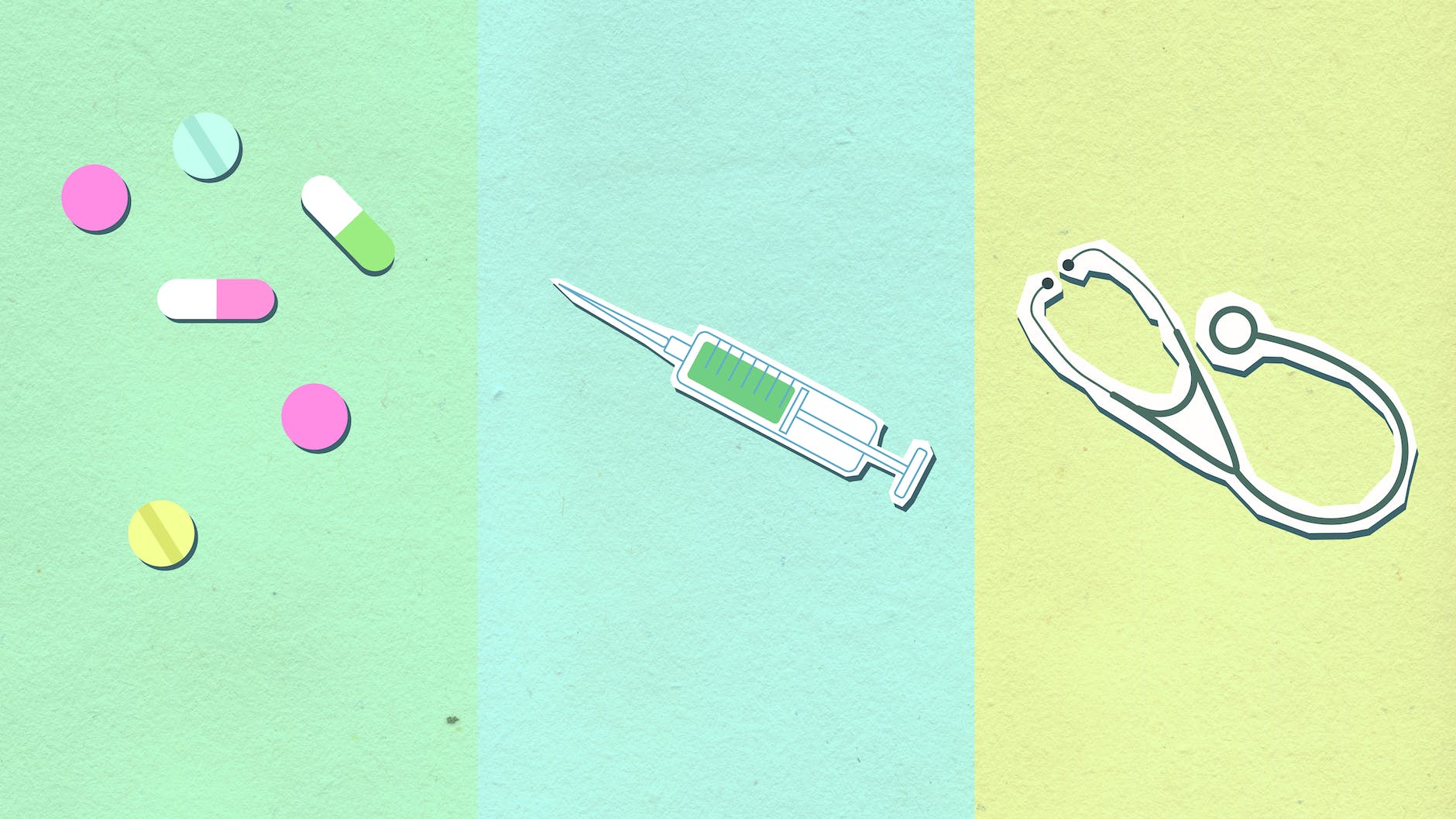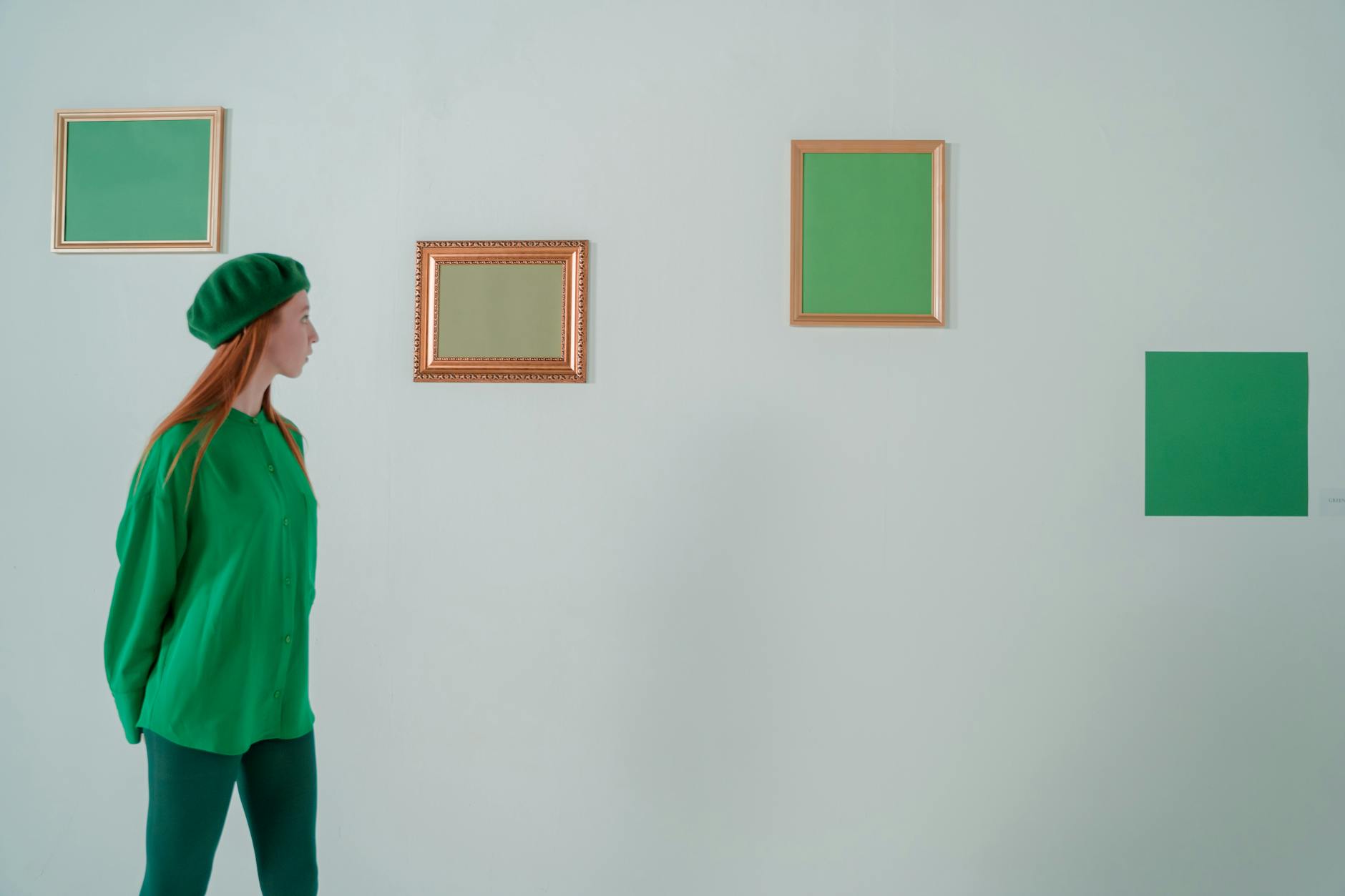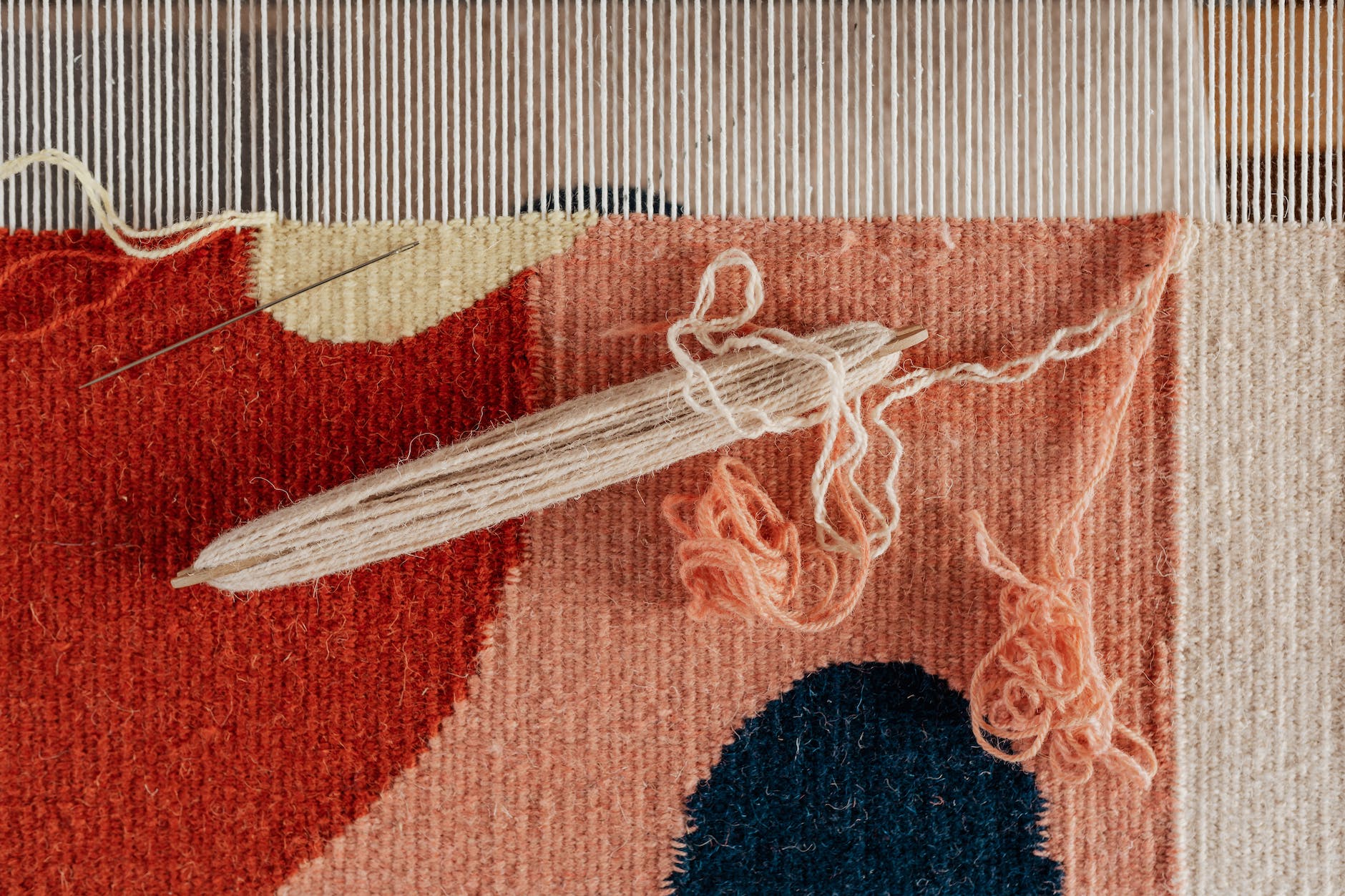Psychedic art has long been celebrated for its vibrant visuals and profound depth, portraying unseen realms, dimensions, and truths existing beyond surface realities. Yet, beyond being aesthetically stimulating, the therapeutic benefits of psychedelic art — a practice known as psychedelic art therapy — are gaining increased attention from mental health practitioners.
Art has been recognized as a powerful tool in mental health treatment for a long time. The advent of psychedelic-inspired art serves as a fresh and beneficial addition to this tradition. Psychedelic art therapy is more than an indulgence in vivid colors and complex patterns; it is predominantly considered art as psychedelic medicine, providing a unique medium for emotional expression and healing.
The underpinnings of psychedelic art therapy revolve around the idea of self-expression. The creation process within this art form allows individuals to draw, paint, or sculpt their emotions out, acting as a visual language that directly communicates the innermost thoughts and feelings of the individual. This art and self-expression in psychedelic experiences have been found to harbor therapeutic elements, helping individuals articulate or symbolize experiences they might find difficult to encapsulate in words.
Psychedelic art endeavors to capture the transcendent experience of the psychedelic state. While this state can often be a challenge to articulate, art allows for the direct communication of these experiences. Psychotherapists suggest that translating psychedelic experiences into tangible artwork offers healing through an active engagement with the self, uncovering and addressing underlying emotional or psychological issues.
Notably, engaging with psychedelic art, both as an observer and creator, helps individuals tap into new dimensions of the psyche, promoting personal growth, self-awareness, and mental wellness. One of the most enchanting aspects of psychedelic art is its capacity to allow people to see the world from different perspectives. This kind of broadened worldview promotes empathy and emotional resilience, contributing significantly to art and mental wellbeing.
Furthermore, the immersive nature of psychedelic art has a therapeutic essence embedded within it. The artform can absorb people’s attention in a way unlike other forms of art, fostering a state of mindfulness. This momentary escape from reality encourages relaxation, reducing anxiety and stress — signature qualities of flow states often experienced in healing through psychedelic-inspired art.
While psychedelic art originated within countercultures, it has permeated mainstream consciousness over time. It’s essential to note that psychedelic art therapy does not necessarily involve the use of psychedelic substances. Instead, it’s about venturing into the complexities of the mind, exploring unconventional thought patterns, and discovering fresh perspectives — all keys to unlocking healing and growth in therapy.
Art therapy in itself has been gaining considerable recognition in the therapeutic field. However, the exploration into psychedelic motifs contributes an added dimension of understanding our complex human consciousness. Therefore, the therapeutic benefits of psychedelic art have significant potential that extends beyond traditional therapy.
Today, there is increased acceptance of the use of psychedelic substances in the medical field. The integration of art into these therapies offers an expansion potential for psychedelic art therapy, pointing to exciting advances in the domain of mental health and healing.
In conclusion, psychedelic art therapy serves as a revolutionary tool that harnesses the power of art for mental wellbeing. Its essence lies in the exploration of the self and the universe, a journey that holds profound therapeutic potential. Whether someone is actively engaged in the psychedelic art creation process or a passive consumer, the interaction with this form of art has a transformative effect, promoting healing, wellness, and personal growth.








